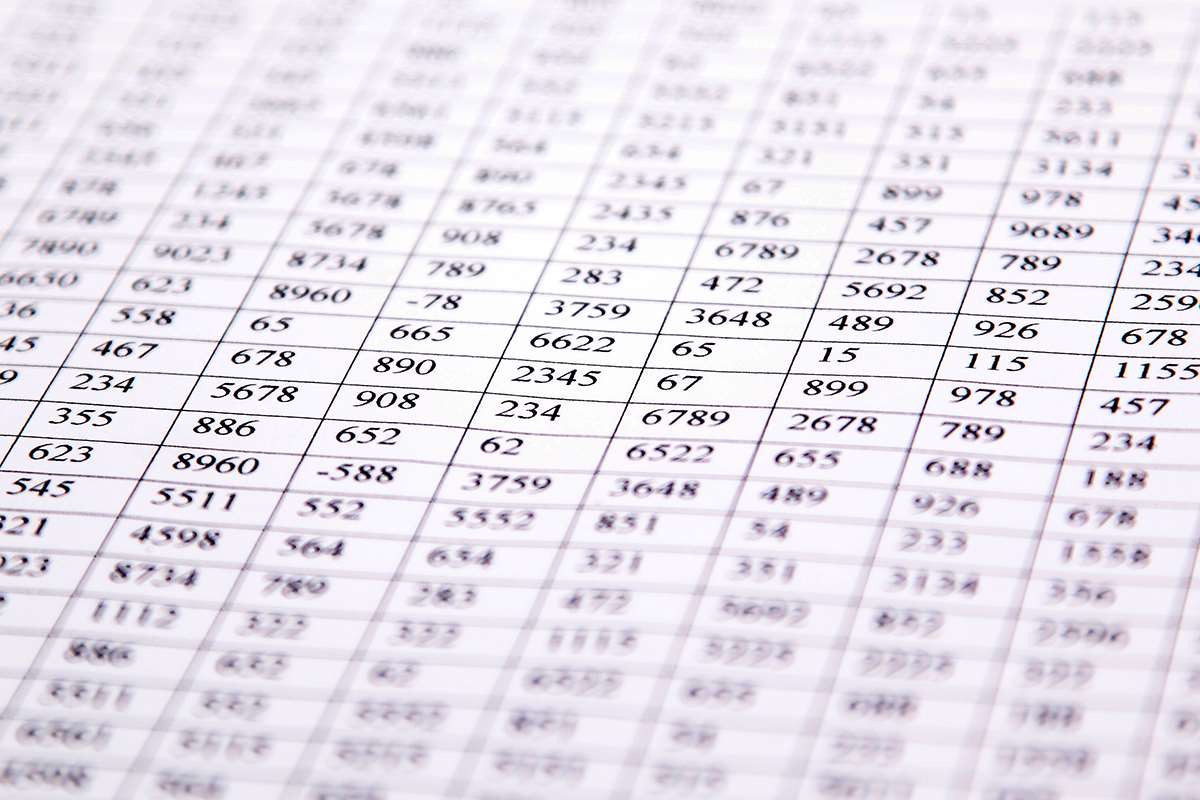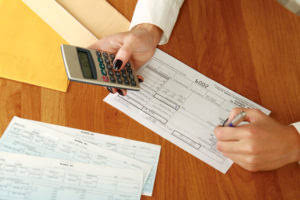
It is assumed that the decrease in Bakery Accounting the supplies on hand means that the supplies have been used during the current accounting period. The balance in Supplies Expense will increase during the year as the account is debited. Supplies Expense will start the next accounting year with a zero balance. The balance in the asset Supplies at the end of the accounting year will carry over to the next accounting year. Notice that the ending balance in the asset Accounts Receivable is now $7,600—the correct amount that the company has a right to receive.

Balancing off Accounts
- The record is placed on the credit side of the Accounts Receivable T-account across from the January 10 record.
- This is an operating expense resulting from making sales on credit and not collecting the customers’ entire accounts receivable balances.
- Each example of the T-account states the topic, the relevant reasons, and additional comments as needed.
- Hence the income statement for December should report just one month of insurance cost of $400 ($2,400 divided by 6 months) in the account Insurance Expense.
- This is posted to the Accounts Receivable T-account on the debit side.
The two accounts involved will be the balance sheet account Allowance for Doubtful Accounts and the income statement account Bad Debts Expense. I regularly use T-accounts when preparing adjusting entries (accruals and deferrals). I begin by drawing two T-accounts, marking one as the balance sheet account, and one as the income statement account. The next step is to determine the amount that should be the correct ending balance for the balance sheet account.
T-Account Debits and Credits
If the loan specifies an annual interest rate of 6%, the loan will cost the company interest of $300 per year or $25 per month. On the December income statement the company must report one month of interest expense of $25. On the December 31 balance sheet the company must report that it owes $25 as of December 31 for interest. Notes Payable is a liability account that reports the amount of principal owed as of the balance sheet date.
The Basics of Beginning and Ending Balances and How They Are Used
You will notice that the transaction from January 3 is listed already in this T-account. The next transaction figure of $4,000 is added directly below the $20,000 on the debit side. This is posted to the Unearned Revenue T-account on the credit side. We know from the accounting equation that assets increase on the debit side and decrease on the credit side. If there was a debit of $5,000 and a credit of $3,000 in the Cash account, we would find the difference between the two, which is $2,000 (5,000 – 3,000).
- Equipment will be depreciated over its useful life by debiting the income statement account Depreciation Expense and crediting the balance sheet account Accumulated Depreciation (a contra asset account).
- A review indicates that as of December 31 the accumulated amount of depreciation should be $9,000.
- Carried down and brought down are often used when the brought down balance is directly below and on the same page as the carried down balance.
- Accountants realize that if a company has a balance in Notes Payable, the company should be reporting some amount in Interest Expense and in Interest Payable.
- In the above examples the terms carried down and brought down were used to balance off the accounts.

Most companies have computerized accounting systems that update ledger accounts as soon as the journal entries are input into the accounting software. Just like journalizing, posting entries is done throughout each accounting period. Under the accrual basis of accounting, the Service Revenues account reports the fees earned by a company during the time period indicated in the heading online bookkeeping of the income statement. Service Revenues include work completed whether or not it was billed. Service Revenues is an operating revenue account and will appear at the beginning of the company’s income statement.
When calculating balances in ledger accounts, one must take into consideration which side of the account increases and which side decreases. To find the account balance, you must find the difference between the sum of all figures on the side that increases and the sum of all figures on the side that decreases. Recall that the general ledger is a record of each account and its balance. Reviewing journal entries individually can be tedious and time consuming. The general ledger is helpful in that a company can easily extract account and balance information. Accountants use special forms called journals to keep track of their business transactions.
T Accounts Guide

When the revenues are earned they will be moved from the balance sheet account to revenues on the income statement. Under the accrual basis of accounting, expenses are matched with revenues on the income statement when the expenses expire or title has transferred to the buyer, rather than at the time when expenses are paid. The accounting method under which revenues are recognized on the income statement when they are earned (rather than when the cash is received). You will notice that the transactions from January 3, January 9, January 12, and January 14 are listed already in this T-account.
In other words, an account with a credit balance will have a total on the bottom of the right side of the account. Under the accrual basis of accounting the account Supplies Expense reports the amount of supplies that were used during the time interval indicated in the heading of the income statement. Supplies that are on hand (unused) at the balance sheet date are reported in the current asset account Supplies or Supplies on Hand. At the end of your fiscal year or accounting period, you t account ending balance would enter the ending balances for each account in Total Office Manager.
